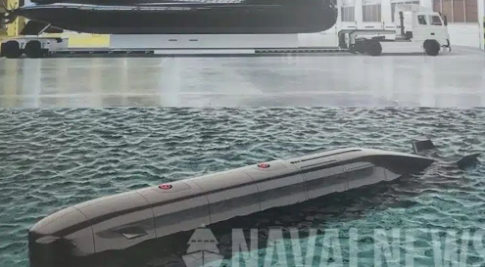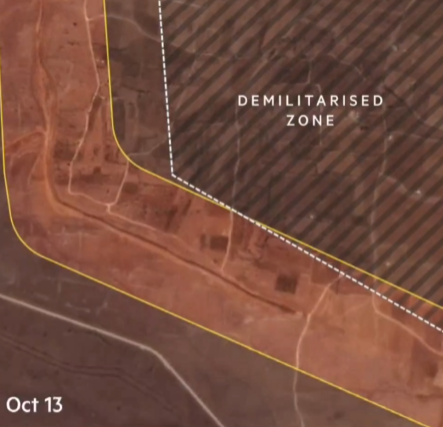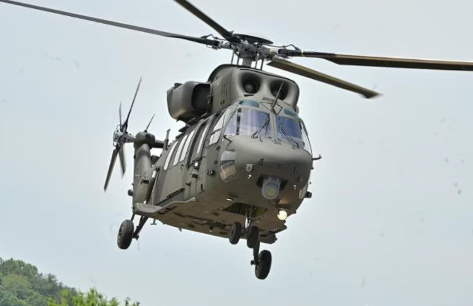Introduction
The Middle East remains a hotbed of conflict and instability, with multiple ongoing wars and tensions at the end of October 2024. This analysis will examine the current state of key conflicts, the roles of major actors, diplomatic efforts, humanitarian impacts, and the geopolitical implications of these conflicts.
Key Conflicts
1. Syrian Civil War:
- Current Situation: The Syrian Civil War, now in its second decade, continues to be a complex and multifaceted conflict. The Syrian government, backed by Russia and Iran, has made significant territorial gains, but large areas of the country remain under the control of various rebel groups and extremist organizations.
- Key Actors: The Syrian government, various rebel factions, ISIS, Kurdish forces, and international actors such as Russia, Iran, Turkey, and the United States.
- Recent Developments: Intense fighting continues in the Idlib province, with Syrian government forces and Russian-backed militias attempting to retake the last major rebel stronghold. The humanitarian situation in Idlib remains dire, with millions of civilians trapped in the crossfire.
2. Yemeni Civil War:
- Current Situation: The Yemeni Civil War, which began in 2015, has resulted in a humanitarian catastrophe. The conflict pits the Houthi rebels, supported by Iran, against the internationally recognized government, backed by a Saudi-led coalition.
- Key Actors: The Houthi rebels, the Yemeni government, Saudi Arabia, the United Arab Emirates (UAE), Iran, and various militia groups.
- Recent Developments: Despite ongoing peace talks, the conflict shows no signs of abating. The humanitarian crisis in Yemen has worsened, with widespread famine, disease, and civilian casualties. The Saudi-led coalition has faced international criticism for its airstrikes, which have resulted in significant civilian deaths.
3. Israeli-Palestinian Conflict:
- Current Situation: Tensions between Israel and the Palestinians have escalated, with sporadic outbreaks of violence in the West Bank and Gaza Strip. The conflict is fueled by longstanding issues such as settlement expansion, the status of Jerusalem, and the blockade of Gaza.
- Key Actors: Israel, the Palestinian Authority, Hamas, and various international mediators.
- Recent Developments: The Israeli government has announced plans for further settlement expansion in the West Bank, drawing condemnation from the international community. Meanwhile, Hamas has launched rocket attacks from Gaza, prompting Israeli retaliatory strikes.
Diplomatic Efforts
1. Syrian Peace Process:
- UN-led Talks: The United Nations has been leading efforts to find a political solution to the Syrian conflict, but progress has been slow. The UN Special Envoy for Syria has been working to bring the various parties to the negotiating table, but deep-seated mistrust and ongoing violence have hindered these efforts.
- Astana Process: The Astana Process, led by Russia, Iran, and Turkey, has aimed to de-escalate the conflict and create safe zones. While it has achieved some success in reducing violence in certain areas, the overall situation remains volatile.
2. Yemen Peace Talks:
- UN-led Negotiations: The UN has been facilitating peace talks between the Houthi rebels and the Yemeni government, but these efforts have been hampered by the complex nature of the conflict and the involvement of external actors.
- Regional Initiatives: Saudi Arabia and the UAE have been engaged in diplomatic efforts to find a political solution to the conflict, but their involvement in the war has also been a source of contention.
3. Israeli-Palestinian Peace Process:
- US-led Mediation: The United States has traditionally played a key role in mediating the Israeli-Palestinian conflict, but recent administrations have faced criticism for their perceived bias. The Biden administration has expressed a commitment to reviving the peace process, but progress has been limited.
- International Efforts: The European Union, the United Nations, and other international actors have been involved in efforts to promote a two-state solution, but the deep-seated issues and mistrust between the parties have made meaningful progress elusive.
Humanitarian Impact
1. Syria:
- Civilian Casualties: The Syrian Civil War has resulted in hundreds of thousands of civilian deaths and millions of displaced persons. The use of chemical weapons, indiscriminate airstrikes, and siege tactics have exacerbated the humanitarian crisis.
- Refugee Crisis: The conflict has triggered a massive refugee crisis, with millions of Syrians seeking refuge in neighboring countries and Europe. The strain on host countries and international aid organizations has been significant.
2. Yemen:
- Famine and Disease: The Yemeni Civil War has led to widespread famine and disease, with millions of people facing severe food insecurity and limited access to healthcare. The cholera epidemic has been particularly devastating, exacerbated by the collapse of the healthcare system.
- Civilian Casualties: The conflict has resulted in tens of thousands of civilian deaths, with both sides accused of war crimes and human rights abuses.
3. Israel and Palestine:
- Civilian Casualties: The Israeli-Palestinian conflict has resulted in significant civilian casualties on both sides, with periodic outbreaks of violence leading to loss of life and destruction of property.
- Humanitarian Crisis in Gaza: The blockade of Gaza has led to a humanitarian crisis, with severe shortages of food, medicine, and basic services. The frequent military operations and airstrikes have exacerbated the suffering of the civilian population.
Geopolitical Implications
1. Regional Stability:
- The ongoing conflicts in the Middle East have destabilized the region, creating power vacuums that have been exploited by extremist groups and external actors. The spillover effects of these conflicts have been felt in neighboring countries, leading to increased tensions and the potential for wider regional conflict.
2. Great Power Rivalry:
- The Middle East has become a battleground for great power rivalry, with the United States, Russia, China, and other major powers vying for influence. The involvement of these actors has complicated the conflicts and made diplomatic solutions more challenging.
3. Energy Security:
- The Middle East is a critical region for global energy security, and the ongoing conflicts have the potential to disrupt oil and gas supplies. The instability in the region has led to fluctuations in global energy prices and raised concerns about the security of energy infrastructure.
Conclusion
The war in the Middle East at the end of October 2024 presents a complex and multifaceted challenge, with significant military, diplomatic, and humanitarian dimensions. The ongoing conflicts in Syria, Yemen, and between Israel and the Palestinians have had devastating humanitarian impacts and far-reaching geopolitical implications. As the international community continues to grapple with these conflicts, it is clear that a coordinated and sustained effort is needed to address the root causes of the violence and promote lasting peace and stability in the region. The future of the Middle East depends on the ability of the international community to work together to find diplomatic solutions, provide humanitarian aid, and support the aspirations of the people of the region for a peaceful and prosperous future.














































.jpg)
